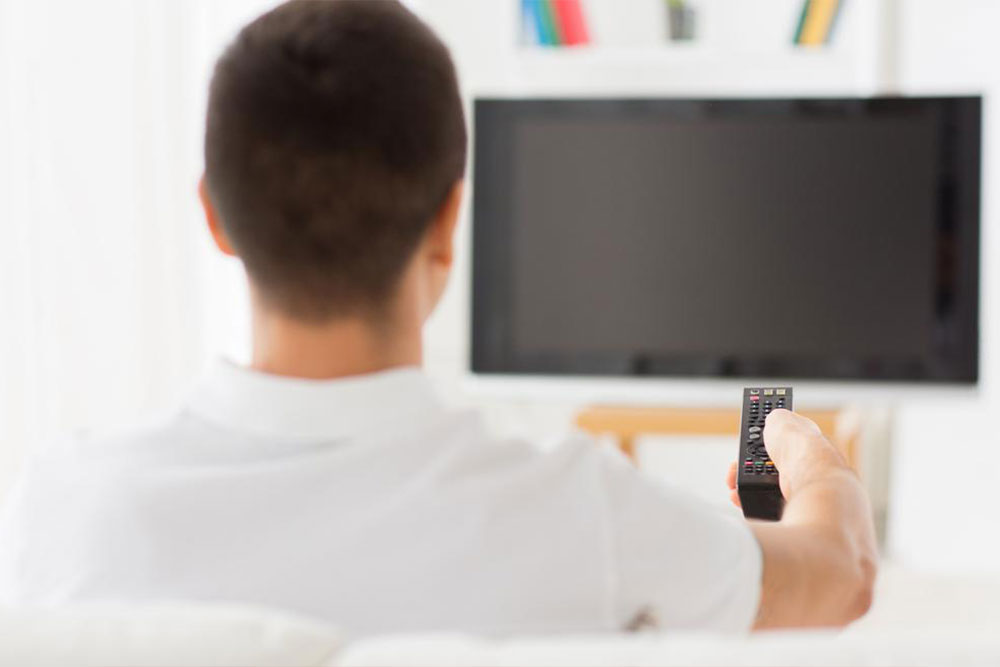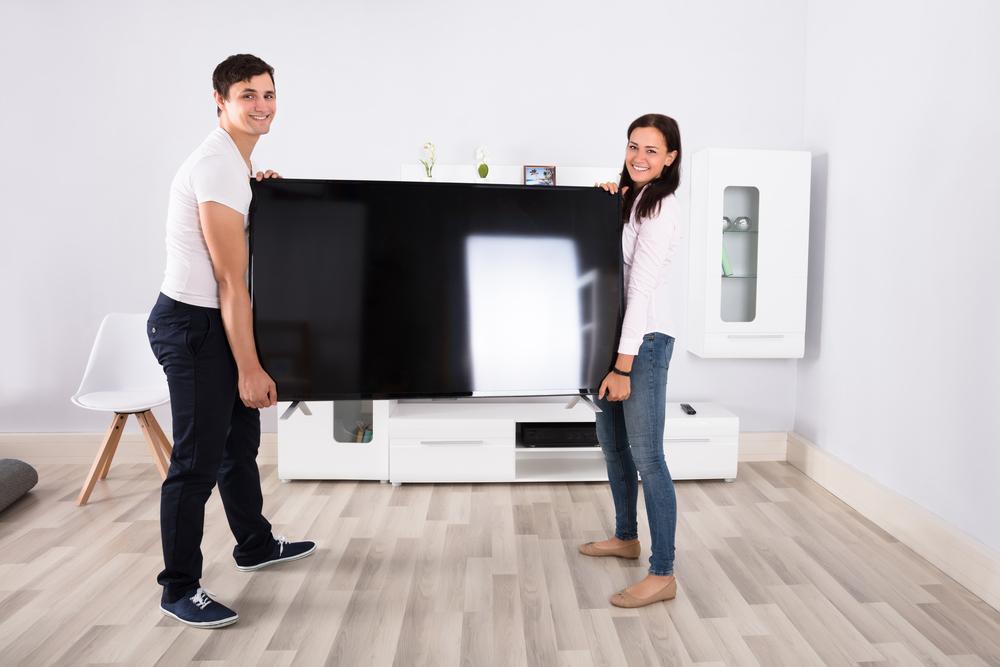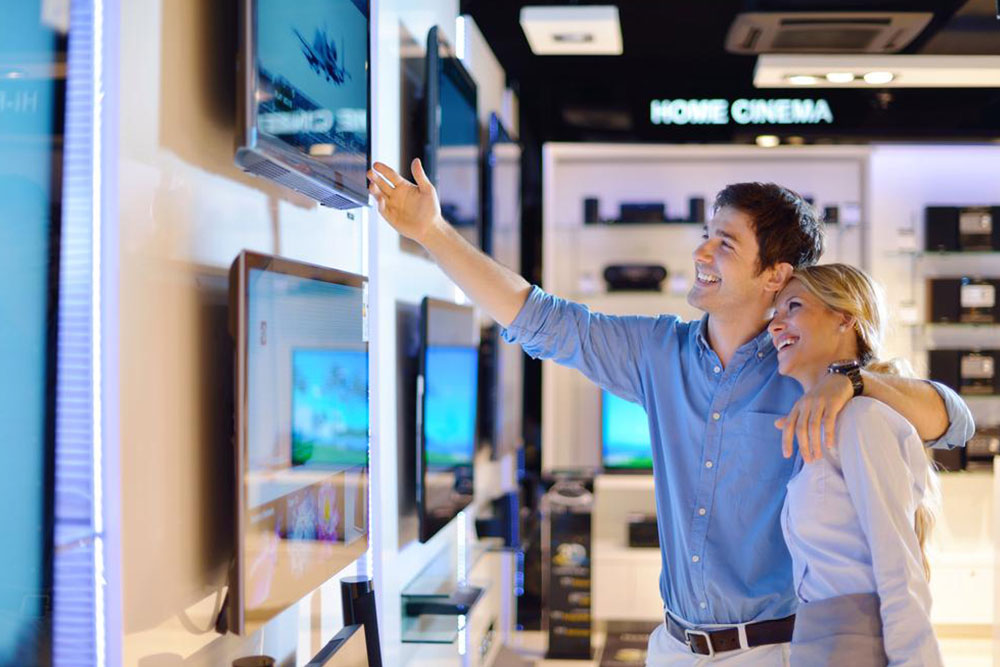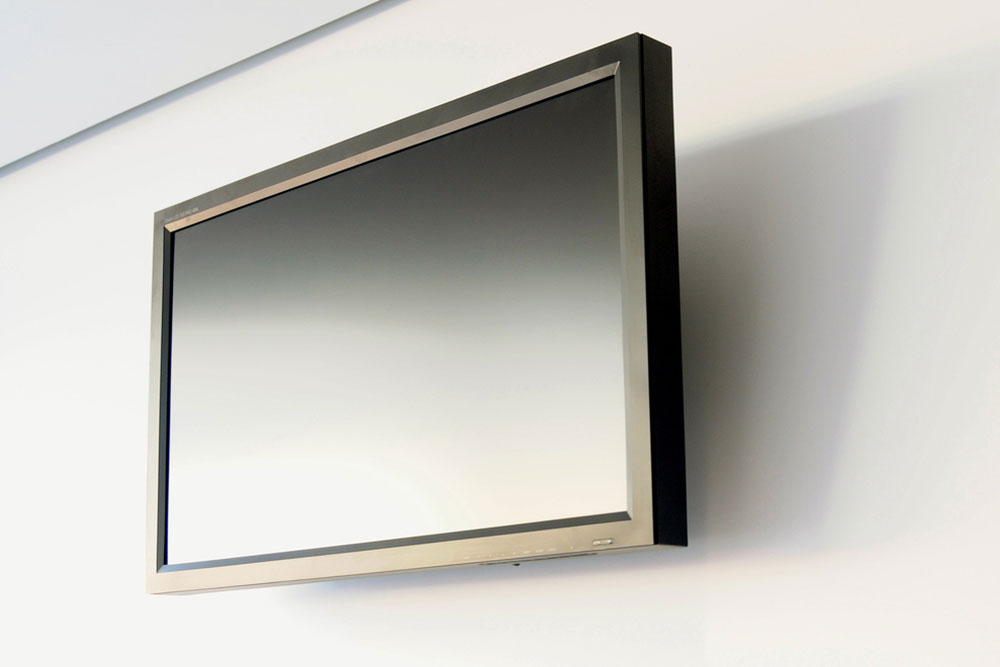Comprehensive Guide to Selecting the Ideal LED Television for Your Home
This comprehensive guide offers in-depth insights into selecting the perfect LED television, covering resolution, size, smart features, HDR, and connectivity to ensure you make an informed purchase. Find out how to choose a model that suits your space and enhances your viewing experience, with tips on evaluating quality and features for long-term satisfaction.

Comprehensive Guide to Selecting the Ideal LED Television for Your Home
Choosing the perfect LED television requires careful consideration of multiple factors, including display quality, screen size, smart features, and connectivity options. With a vast array of models available on the market, it’s essential to understand your specific needs and compare different features to make an informed purchase. This guide aims to provide detailed insights into what you should consider when shopping for an LED TV, helping you find a model that offers both excellent performance and value for your money.
Understanding Display Resolution
The resolution is a critical aspect that determines the clarity and sharpness of your television images. Standard Full HD (1920x1080 pixels) has been the baseline for many years, providing clear images suitable for most viewing situations. However, modern LED TVs often come with Ultra HD or 4K resolution (3840x2160 pixels), which offers four times the pixel density of Full HD. This significant increase translates into more detailed and vibrant visuals, especially noticeable on larger screens or when watching high-definition content. For viewers who prioritize image quality, especially for detailed movies, gaming, or sports, opting for a 4K resolution is highly recommended. The difference becomes evident when viewing a scene with lots of textures and fine details, such as landscapes or intricate artwork.
Choosing the Right Screen Size
The size of the LED TV, measured diagonally, is another pivotal factor. To determine the ideal size for your space, consider the viewing distance—generally, the optimal viewing distance is about 1.5 to 2.5 times the diagonal screen size. For instance, if your sofa is approximately 8 feet (about 2.4 meters) from the TV, a screen size in the range of 55 to 65 inches might be suitable. Too small, and the picture may feel underwhelming; too large, and it could overwhelm the room or cause discomfort during prolonged viewing. Additionally, consider the layout of your room, wall space, and furniture placement. Larger screens demand adequate space and proper viewing angles to fully appreciate their visual benefits without straining your eyes or neck.
Smart Features for an Enhanced Viewing Experience
Modern LED TVs are equipped with smart functionalities that connect to the internet, transforming your television into an entertainment hub. These smart TVs give you access to popular streaming platforms like Netflix, YouTube, Hulu, and Amazon Prime Video, allowing you to stream movies, TV shows, and music directly from the internet. Some models also support voice control, app downloads, and other interactive features that improve user experience. When shopping, consider whether the TV runs on popular operating systems such as Roku, Android TV, or built-in proprietary platforms designed for ease of use and compatibility with your apps and devices.
HDR and Brightness for Vivid Visuals
High Dynamic Range (HDR) technology significantly enhances the contrast and color accuracy of your display. HDR allows for a broader range of colors and deeper blacks, making images appear more lifelike and vibrant. This feature is particularly beneficial for viewing HDR-compatible content like certain streaming services, UHD Blu-rays, and newer gaming titles. While HDR capable TVs tend to be priced higher, the improvement in picture quality is worth the investment if you prioritize high-quality visuals. Additionally, consider the maximum brightness capability of the TV; higher brightness levels contribute to better HDR performance, especially in well-lit rooms.
Connectivity Options and Ports
Adequate connectivity options are vital for connecting external devices such as gaming consoles, soundbars, external storage, or media players. Ensure the LED TV has enough HDMI ports positioned conveniently for easy access, preferably on the side or bottom to facilitate wall mounting. USB ports are essential for playing media directly from flash drives or external hard drives. Additionally, check for other connectivity features like Ethernet ports for wired internet, digital audio out, and Wi-Fi capability. A well-designed port layout not only enhances usability but also keeps your entertainment area organized and clutter-free.
While promotional sales, discounts, and bundle deals can be tempting, it is vital to prioritize quality and features that suit your specific needs. Carefully evaluate each model’s specifications, read user reviews, and visit physical stores for firsthand experience if possible. Remember, investing in a high-quality LED TV with the right features will ensure you enjoy a superior viewing experience for years to come. Don’t rush into a purchase solely based on price; instead, focus on finding a model that offers the best balance of picture quality, smart functionality, connectivity, and durability.





